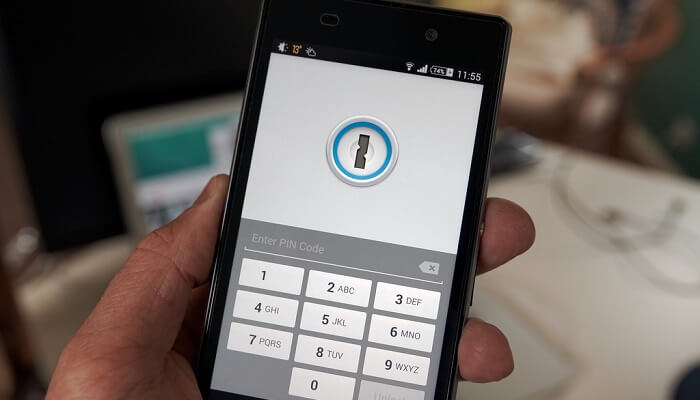If you ever experience any software related issues with the Pixel or Pixel XL, then your first troubleshooting step should be to boot up into Safe Mode.
With over 1 million 3rd-party applications available in the Play Store, there’s a chance that one of them could be causing an issue with your Pixel or Pixel XL. Unlike on iOS, Google gives these 3rd-party applications a lot of control over the Android OS. This is a double-edged sword because while they do allow for some creative and very personalized experiences, it can also cause trouble too.
For example, if you have an application or a game that constantly runs in the background because it isn’t coded properly, then it can ruin your battery life.
The same can be said if you discover that your Pixel or Pixel XL is overheating, or having performance issues. If 3rd-party applications are doing things they shouldn’t be doing, then they can cause various issues with your smartphone or tablet.
Thankfully, there’s an easy way to test whether the problem is caused by a 3rd-party application, or if it’s something within the core Android OS.
Pixel Safe Mode
- Press and hold the Power button for a few seconds
- When the Power Menu appears, let go of the Power button
- Long press on the ‘Power Off’ option when the Power Menu appears
- Then press the ‘OK’ option to reboot the Pixel or Pixel XL into Safe Mode
Explanation
Most modern Android smartphones have the same method of booting into Safe Mode, but some are different so it’s always good to be sure you know how it’s done. This is why I’ve transitioned to actually buying all of the smartphones that I plan on writing tutorials for. I would rather know that what I’m writing does in fact work than to base my guides on someone else’s write up.
So just like with most Android smartphones, to boot into the Pixel Safe Mode, you’ll first need to have your device powered on. When you are at the Home Screen of the Pixel or Pixel XL, then you can press and hold on the Power button for a few seconds. Only hold this button for a few seconds because if you hold it down for too long (10+ seconds), then it will reboot the device entirely.

After a few seconds, you should see the Power Menu appear on the screen. Once you see this, then you can let go of the Power button. There will be two options here, Power Off and Restart. We want to tap and hold (also known as long press) on the Power Off option within the Power Menu. After a few seconds, this will make the Pixel Safe Mode dialog box appear and from here you should get two options to choose from.
The dialog box tells you that Safe Mode will disable any and all 3rd-party applications (meaning all apps and games that you’ve downloaded from the Play Store), and they will continue to stay disabled until you restart the phone. So go ahead and tap on the OK option and you’ll see the Pixel or Pixel XL power off and then boot back up into Android. When it boots back up though, you’ll see a Safe Mode watermark as shown at the very top of this tutorial.
So, once you have booted the Pixel or Pixel XL into Safe Mode, your 3rd-party applications cannot be opened or used. If you try to tap on one that is grayed out, then you’ll get a toast message that appears telling you the app is disabled. It’s not disabled permanently, just temporarily while you are currently in Safe Mode. This is important for this troubleshooting step because we need to eliminate them for our test.
Now, while you are in the Pixel Safe Mode, you’ll want to try and use your smartphone as you normally would. Naturally, you can’t use your 3rd-party applications, so you will need to avoid them for as long as possible for this test. You’ll want to see if you are still having the battery life, performance, overheating, or any other issues you were experiencing while you are in Safe Mode.
If you don’t experience these issues, then it is definitely a 3rd-party application that is causing it and you will then need to find out what the culprit is. If you notice the issues are still happening though, then it’s likely an issue with the Android OS and you will probably want to perform a factory reset. There are some issues that can still be caused by 1st-party apps (like Gmail or Contacts getting stuck and constantly trying to sync to the cloud), so you’ll want to check those out as well.





While you proclaim the virtues of safe mode, how about the warnings that on rebooting many of your custom settings will be screwed up and have to be reconfigured. I have still not found the icon scheme that I once had, after hours of searching.